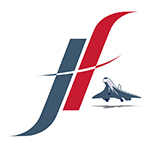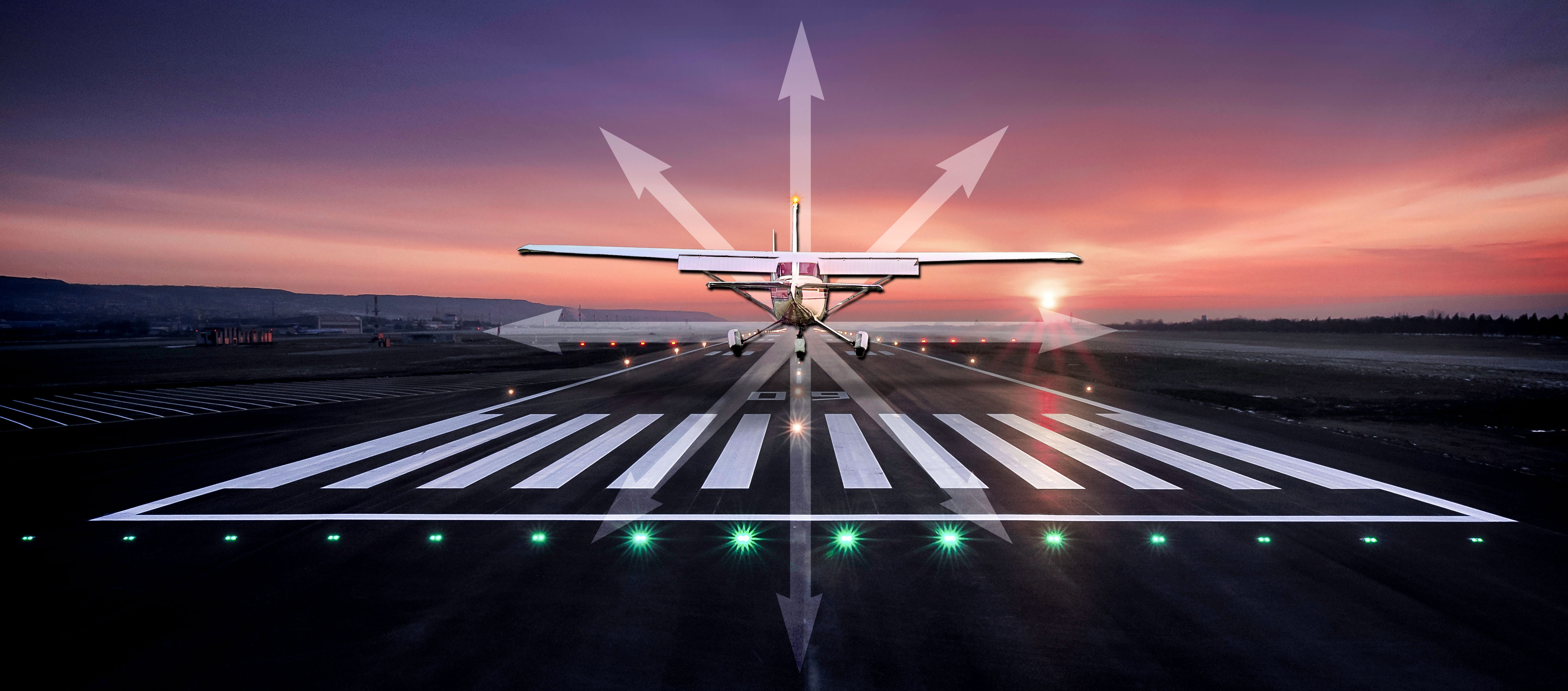After 100 years, the explanation of HOW to land a plane simply could not be made any harder … so we made it easier
After 100 years, the explanation of HOW to land a plane simply could not be made any harder … so we made it easier
When learning to fly in 1965, at just 17 years old, I couldn’t understand why an intelligent explanation of how to land a plane didn’t seem to exist. Everything else in the training syllabus was well defined and easily understood … but NOT the landing. It is almost still the case today.
First, my early instructors insisted that I flew the approach using the secondary effects of controls, rather than the primary effects. The net result was a roller coaster path, instead of a straight-line fully stabilised approach and I could never achieve a consistent threshold crossing height.
Second, the decision on when to commence flaring the airplane was made on the basis of guesswork, rather than something more accurate. So, every landing was haphazard and unpredictable. This accounts for the statistics on landing accidents remaining virtually unchanged, for over 50 years.
Fortuitously, as I trained for my CPL, a senior ex-RAF instructor confirmed that, for powered aeroplanes, it was essential to use the primary effects of the flight controls to control a stabilised flight path angle … and I never looked back, even much later on sailplanes (gliders), using the airbrake instead of the throttle, to control IAS. It also turned out to be the standard approach technique employed by the RAAF and all major airlines. Sadly, to this day, many pilots are still taught how to land the hard way. It makes it impossible to fly a consistent and accurate approach path, let alone achieve a good landing.
I knew also that the 1943 RAF 617 Squadron ‘Dambusters’ had applied triangulation techniques very effectively and was certain they could also be applied to fix the landing flare point, instead to relying on an inaccurate (and, as it turned out, compounding of any errors in the) assessment of vertical height. Instead of waiting for each individual pilot to ‘get the hang’ of landing, initially and then on each successive airplane conversion.
It took 20 years of solid airline experience under my belt, before I dared to challenge the conventional wisdom that competency in landings can only be achieved by developing the required judgment and perception through repetition, guesswork and other trial-and-error methods, that are basically unchanged since the end of WW1, in 1918.
The result is the Jacobson Flare, the world’s first and only universal, quantifiable, safest and most SIMPLE approach and landing training technique.

The Jacobson Flare – a visual fix based on simple triangulation
Wishing you many safe landings
Captain David M Jacobson FRAeS MAP
Would you care to experience that unsurpassed sense of accomplishment, derived from executing consistently beautiful landings, more often?
For starters, Download the FREE Jacobson Flare LITE, our no fuss/no frills introduction. Here we demonstrate, step by step, the application of the Jacobson Flare on a typical grass airstrip at Porepunkah, YPOK.
We invite you to browse the consistently positive comments on our Testimonials page. Many pilots, of all levels of experience, have downloaded our Apps. Read about their own experiences with the Jacobson Flare technique and the App.
Then download the COMPLETE Jacobson Flare app – for iOS. You’re already possibly paying $300+/hour to hire an aeroplane: You’ll recover the cost of the app, in just ONE LESS-NEEDED CIRCUIT. Moreover, you’ll have an invaluable reference tool, throughout your entire life in aviation.
Download the COMPLETE Jacobson Flare App for iOS devices now.
We invite you, also, to review our new, FREE companion app,
offering a convenient way of staying abreast of our latest blogs.
Download the Jacobson Flare NEWS App for iOS devices now.


